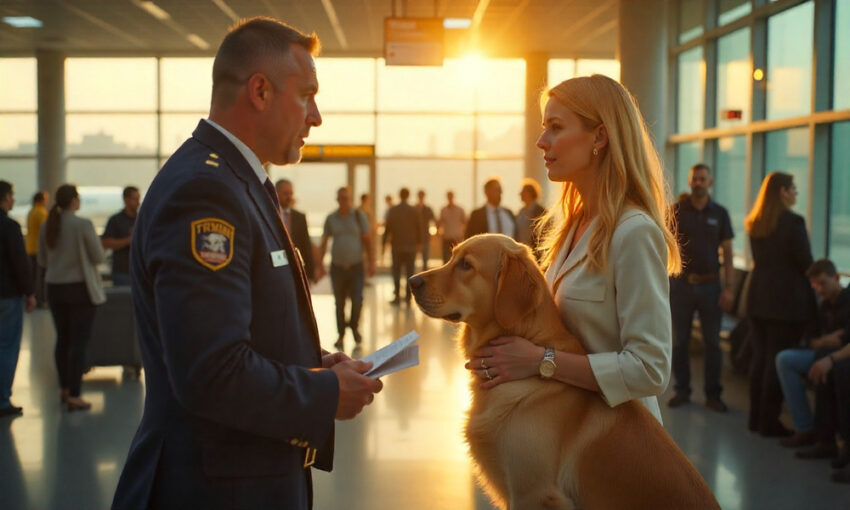Monday, July 28, 2025

TSA screening plays a crucial role in air travel in the U.S., even though it can often feel like a cumbersome and time-consuming process. On average, the Transportation Security Administration screens around two million passengers each day, thoroughly checking carry-on bags and ensuring that travelers pass through scanners to confirm they are not carrying any prohibited items. While these procedures are essential for maintaining safety, they are rarely viewed as enjoyable by travelers, who often experience delays and frustration during the process.
Despite the inherent frustrations, there have been some improvements in TSA protocols that help streamline the process and enhance the overall travel experience. One of the most significant updates in recent times is the removal of the long-standing requirement that passengers remove their shoes when passing through airport security, provided they do not have TSA PreCheck. This change has been particularly welcomed by frequent travelers, as it eliminates one of the more inconvenient and time-consuming steps in the security process.
Alongside this change, there have been rumors circulating about further updates to TSA procedures. One of the most discussed potential changes is the possibility of lifting the ban on larger liquids. However, despite these rumors, safety regulations will continue to remain in place to ensure that air travel is as secure as possible. The TSA has continually emphasized that the security of passengers and the safety of the flight remain the highest priorities.
In addition to these procedural changes, the TSA has been actively reminding travelers to follow important guidelines regarding pet travel. Recently, the agency issued a stern reminder for pet owners about the rules governing the transport of animals through security checkpoints. This warning came in response to a disturbing incident at Miami International Airport, where a traveler attempted to smuggle two turtles through security by hiding them in her brassiere. Despite her attempt to conceal the animals, the TSA’s screening process successfully detected them. Unfortunately, one of the turtles did not survive the ordeal, but local authorities, including the Florida Department of Fish and Wildlife, were quickly involved to handle the situation appropriately.
The TSA’s message, shared through social media, urged passengers to avoid such actions, stating that animals should not be hidden in any unconventional or unsafe locations. While the agency does not condone such behavior, it also made it clear that small animals, including turtles, are allowed to pass through security, as long as travelers adhere to the correct procedures. In this case, the attempt to hide the turtles was unnecessary, as there are clear guidelines for safely transporting animals through airport security.
This incident serves as an important reminder for all travelers, particularly pet owners, to familiarize themselves with TSA rules before embarking on a journey. Understanding these guidelines ensures that both pets and passengers remain safe and compliant with security measures. As the TSA’s message emphasized, adherence to these rules is essential for ensuring that everyone’s safety is prioritized. Earlier this year, the TSA also had to remind passengers not to send their pets through the X-ray machine, a rule that continues to be misinterpreted by some travelers. Additionally, a recent incident involving an escaped cat at an airport further highlighted the need for careful management of pets during security procedures. Fortunately, TSA officers were able to secure the cat and return it safely to its owner.
As travelers continue to adapt to changing TSA policies, it’s important to remain informed about the rules and guidelines surrounding air travel. While the TSA has made strides to improve efficiency and comfort, the primary goal remains the safety and security of all passengers. Travelers are encouraged to review the TSA’s guidelines before their trips, ensuring that they follow all necessary procedures when traveling with pets or personal belongings. This not only helps ensure a smooth and safe experience but also contributes to the continued improvement of air travel security processes.








